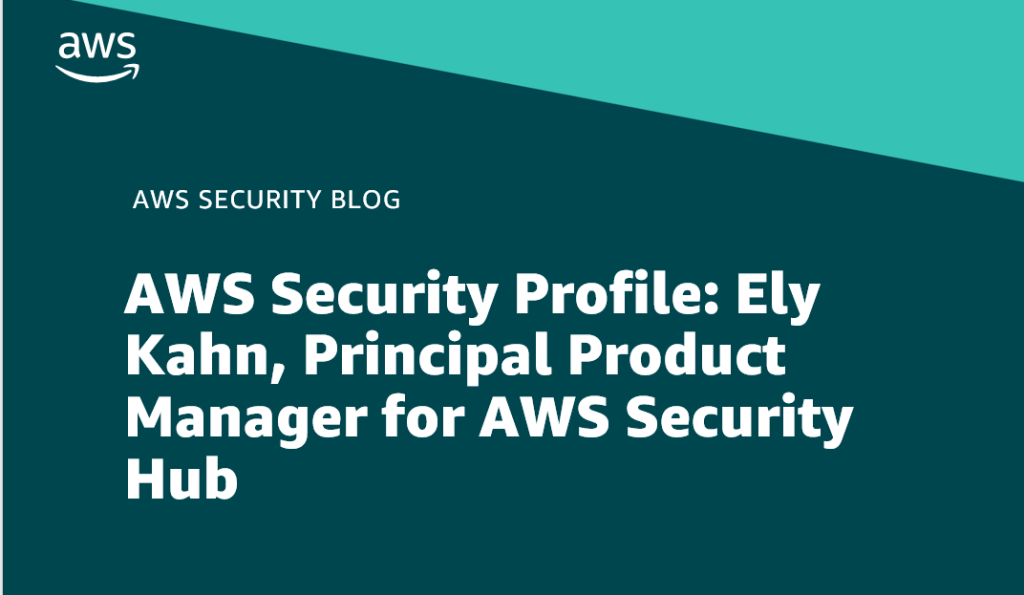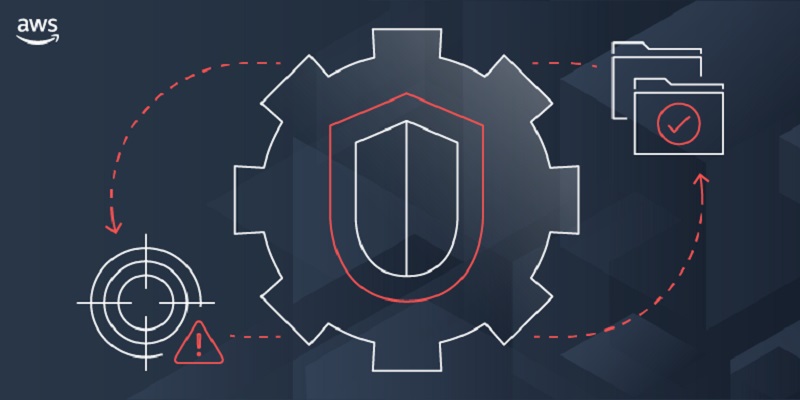AWS Security Blog
Tag: Security Blog
Spring 2022 SOC 2 Type I Privacy report now available
Your privacy considerations are at the core of our compliance work at Amazon Web Services (AWS), and we are focused on the protection of your content while using AWS services. Our Spring 2022 SOC 2 Type I Privacy report is now available, which provides customers with a third-party attestation of our system and the suitability […]
Spring 2022 SOC reports now available with 150 services in scope
At Amazon Web Services (AWS), we’re committed to providing our customers with continued assurance over the security, availability and confidentiality of the AWS control environment. We’re proud to deliver the Spring 2022 System and Organizational (SOC) 1, 2 and 3 reports, which cover October 1, 2021 to March 31, 2022, to support our AWS customers’ […]
AWS Security Profile: Ely Kahn, Principal Product Manager for AWS Security Hub
In the AWS Security Profile series, I interview some of the humans who work in Amazon Web Services Security and help keep our customers safe and secure. This interview is with Ely Kahn, principal product manager for AWS Security Hub. Security Hub is a cloud security posture management service that performs security best practice checks, […]
Choosing the right certificate revocation method in AWS Private CA
June 25, 2025: As of Sept 28, 2022, AWS has changed the name of ACM Private CA to AWS Private CA. This post has been updated to reflect this change. AWS Private Certificate Authority (AWS Private CA) is a highly available, fully managed private certificate authority (CA) service that allows you to create CA hierarchies […]
Getting started with AWS IAM Identity Center delegated administration
September 12, 2022: This blog post has been updated to reflect the new name of AWS Single Sign-On (SSO) – AWS IAM Identity Center. Read more about the name change here. Recently, AWS launched the ability to delegate administration of AWS IAM Identity Center (AWS IAM Identity Center) in your AWS Organizations organization to a […]
Establishing a data perimeter on AWS: Overview
August 28, 2025: This post has been updated to reflect the usage of the aws:VpceOrgID condition key to scale your network perimeter implementation. November 13, 2024: This post has been updated with guidance on how to use resource control policies (RCPs) and the aws:SourceOrgID condition key to establish your organization’s data perimeter. November 23, 2022: […]
How to use new Amazon GuardDuty EKS Protection findings
If you run container workloads that use Amazon Elastic Kubernetes Service (Amazon EKS), Amazon GuardDuty now has added support that will help you better protect these workloads from potential threats. Amazon GuardDuty EKS Protection can help detect threats related to user and application activity that is captured in Kubernetes audit logs. Newly-added Kubernetes threat detections […]
How to protect HMACs inside AWS KMS
April 20, 2022: In the section “Use the HMAC key to encode a signed JWT,” we fixed an error in the code sample. Today AWS Key Management Service (AWS KMS) is introducing new APIs to generate and verify hash-based message authentication codes (HMACs) using the Federal Information Processing Standard (FIPS) 140-2 validated hardware security modules […]
How to integrate AWS STS SourceIdentity with your identity provider
You can use third-party identity providers (IdPs) such as Okta, Ping, or OneLogin to federate with the AWS Identity and Access Management (IAM) service using SAML 2.0, allowing your workforce to configure services by providing authorization access to the AWS Management Console or Command Line Interface (CLI). When you federate to AWS, you assume a […]
ISO/IEC 27001 certificates now available in French and Spanish
French version Spanish version We continue to listen to our customers, regulators, and stakeholders to understand their needs regarding audit, assurance, certification, and attestation programs at Amazon Web Services (AWS). We are pleased to announce that ISO/IEC 27001 certificates for AWS are now available in French and Spanish on AWS Artifact. These translated reports will […]








